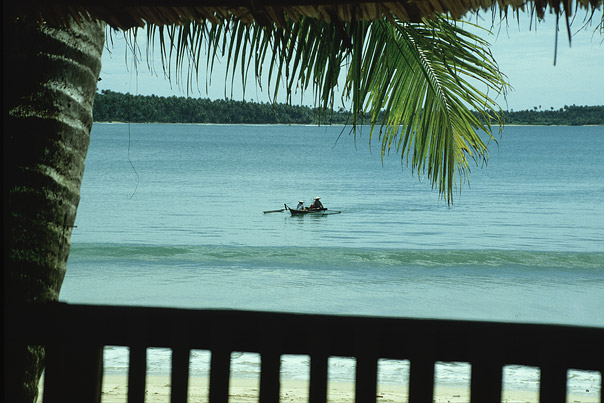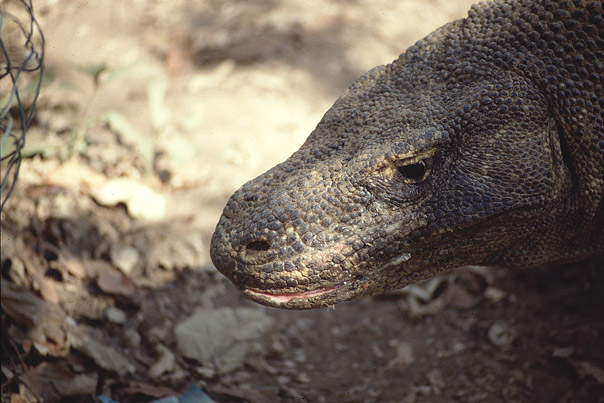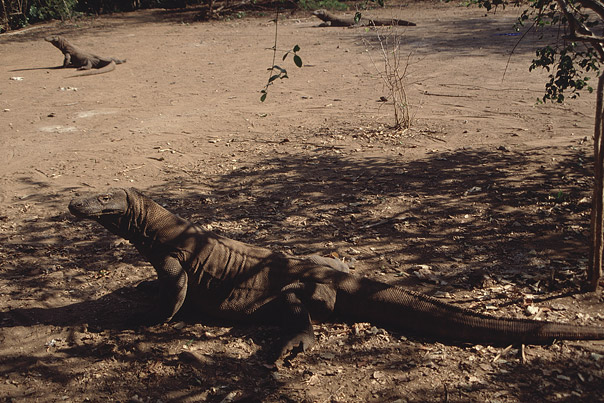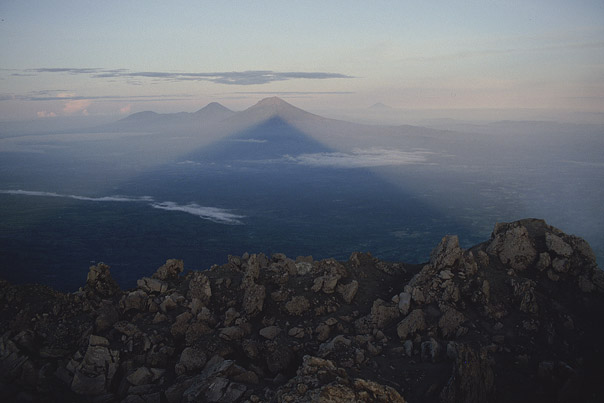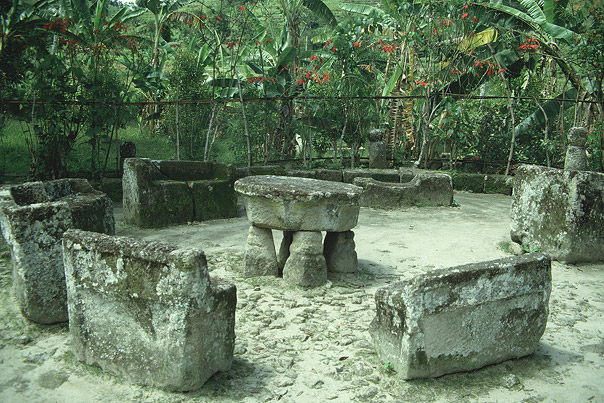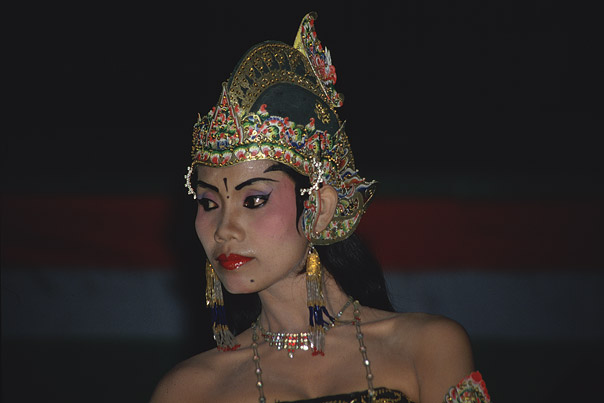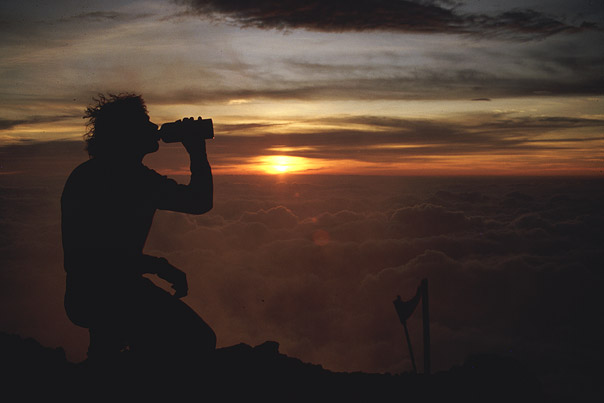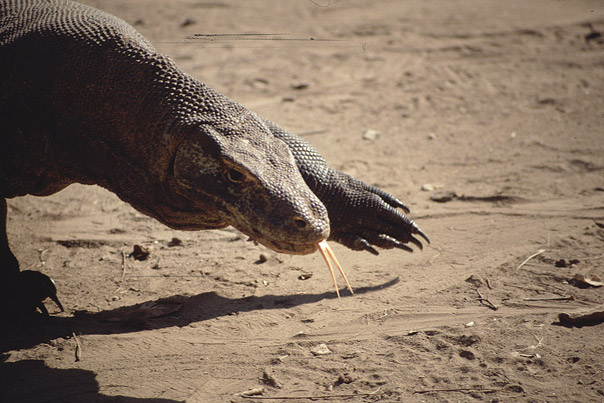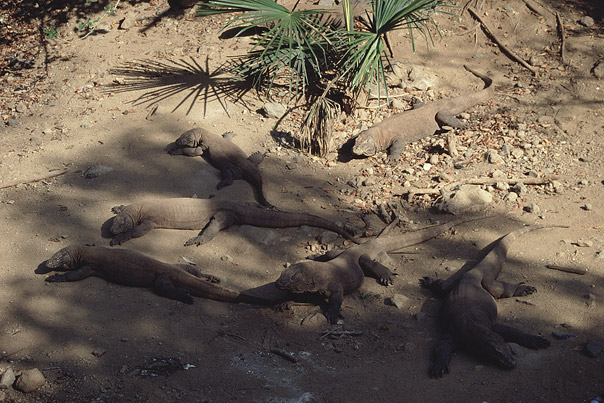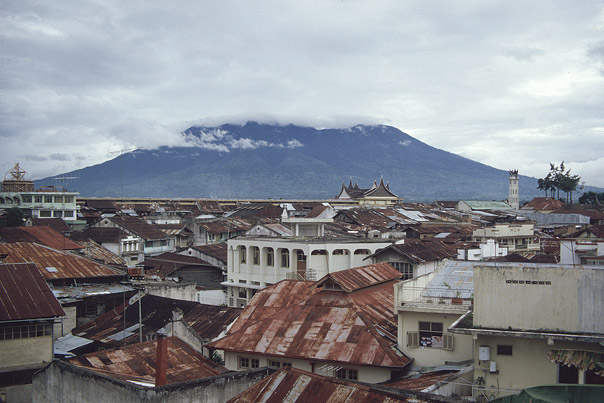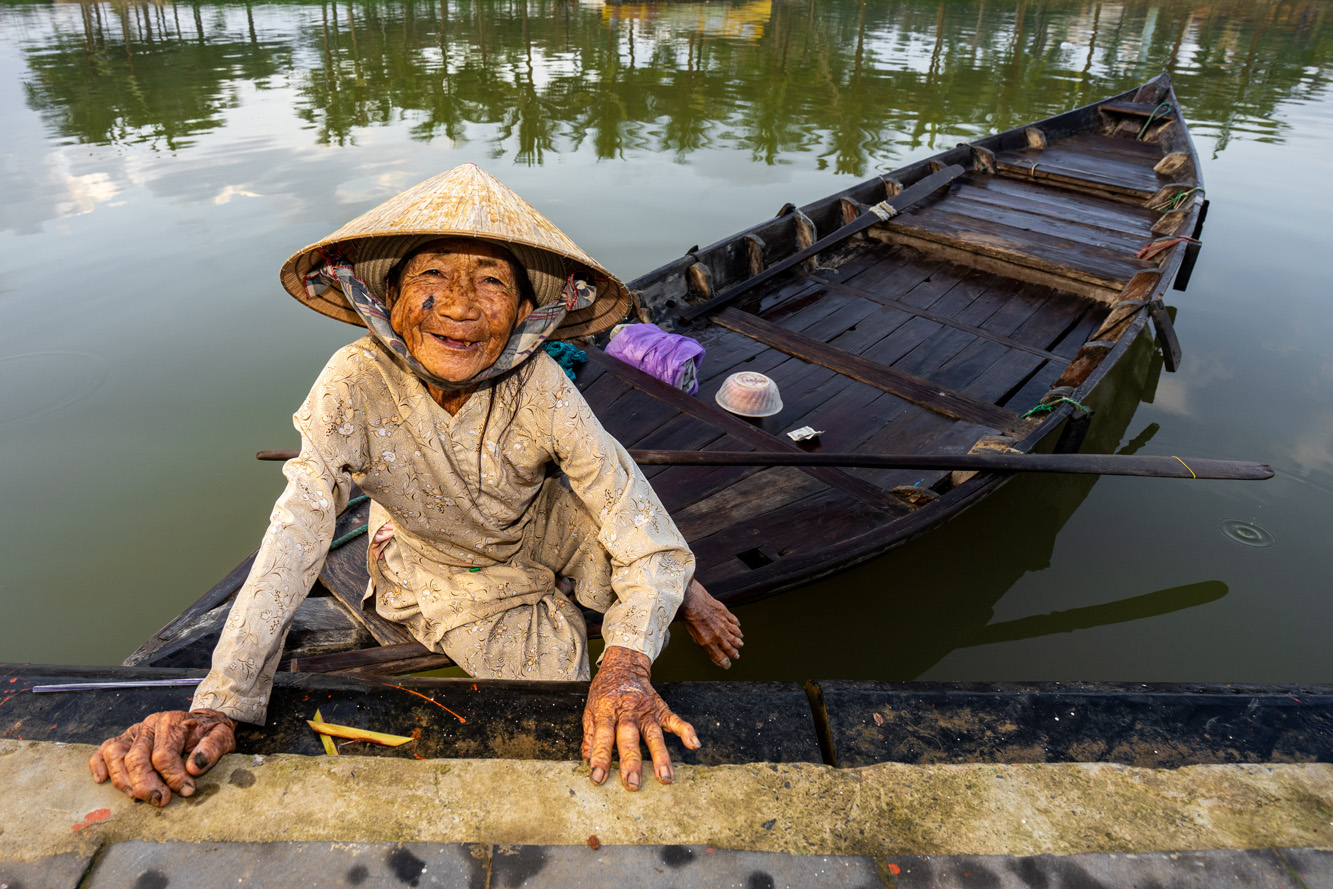
Asia 1984-1986
Seduced to travel
Flashing golden temples and monks in saffron robes, market women rowing a boat full of exotic fruit through the city canals, opium-smoking mountain tribes in the north, working elephants in the teak forests, cheap hotels with swimming pools, white sandy beaches and lobster feasts for a pittance – this is how a travel guide given to me by a friend enticed me to Thailand.
I read spellbound about mountain ranges over 4,000 meters high, criss-crossed by plateaus, deep gorges and active volcanoes whose flanks drop steeply down to the Indian Ocean. An island where only 10 % of the land is used for agriculture and whose dense jungle regions are still home to elephants, panthers, tigers, rhinos and orangutans. But you can not only discover the landscape, flora and fauna on Sumatra, but also make the highly interesting acquaintance of millennia-old cultures that have preserved their knowledge from the Neolithic Age.
As if captivated by a thrilling novel, I read on page after page and come to Burma. A country where time seems to stand still. A last remnant of unadulterated South-East Asia. No neon signs, no Coca-Cola culture, no high-rise buildings, no highways, no concrete – pure Asia. Television has only been around since 1981. Men and women wear the traditional long loincloth, the longyi. Horse-drawn carriages and ox carts are still the predominant means of transportation everywhere. A state that has no road or rail connections to neighboring countries, that has cut itself off since 1962 and in whose villages more temples and pagodas stretch their partly well-preserved roofs into the sky than there are inhabitants…
When I read the report on Komodo, my adventurer’s heart beats even faster: the leap in time to Komodo is, to be precise, a leap of 60 million years, right into the Eocene. At that time, the last giant lizards in the world became extinct. Except on Komodo, this forgotten island in the East Indonesian archipelago. In 1912, a sensational report went around the world. “Sir P.A. Owens discovered meter-long dragons, new accents in the theory of evolution!”
A sensation indeed, because the “dragon”, Latin Varanus Komodoenisis, is a giant version of a normal lizard: up to four meters long, weighing up to 150 kg and a maximum age of 150 years. It can climb trees, swim, is extremely fast and agile and devours its victims more than it eats them. As scientific tests have shown, the monitor lizard can double its own body weight in just 20 minutes by eating and can live for up to 15 weeks in an emergency. The up to 1 ½ meter long tail serves both as a supporting organ and as a dangerous striking weapon; and the forked tongue, 60 cm long and orange in color, makes ancient legends of fire-breathing dragons seem understandable…
Even as I was reading, I realized that I wanted to experience these countries. That I have to visit them before their inhabitants and their culture have adapted to our western world and before the multitude of exotic animals no longer exist in the wild.
This and much more was the reason for me to pack my backpack and explore the world as a traveler and expedition traveler…
Burma 1986
A last remnant of unadulterated South-East Asia. No neon signs, no Coca-Cola culture. Men and women wear the traditional long loincloth, the longyi. Horse-drawn carriages and ox carts are still the predominant means of transportation everywhere. These sentences lured Denis Katzer to the land of temples and pagodas.
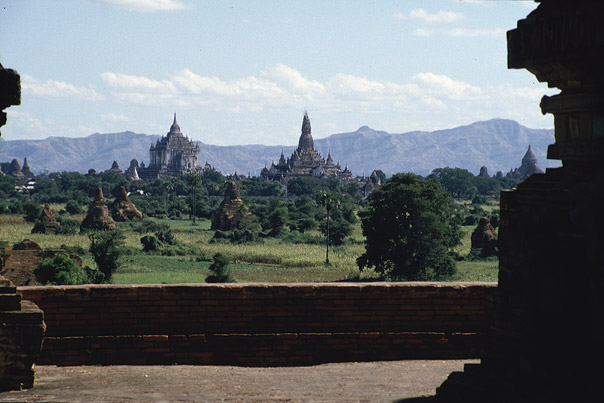
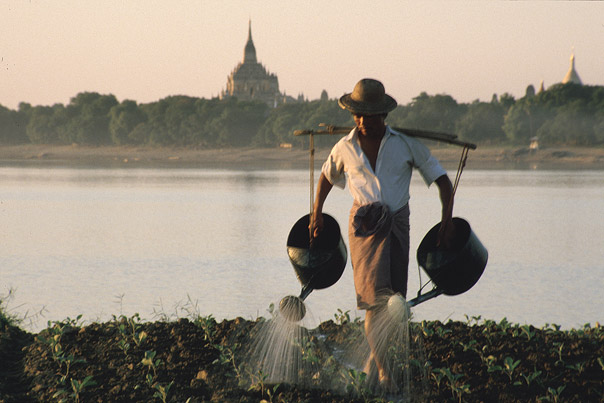
Indonesia, Bali, Lombok 1985/1986/1999
The magic of the landscape, the beauty of the temple festivals, fascinating dances, Hinduism and ancestor worship, over ten thousand temples, coral beaches, outrigger boats, men in colorful loincloths and women with flowers in their hair are reasons for Tanja and Denis Katzer to recover from their expeditions in Bali.
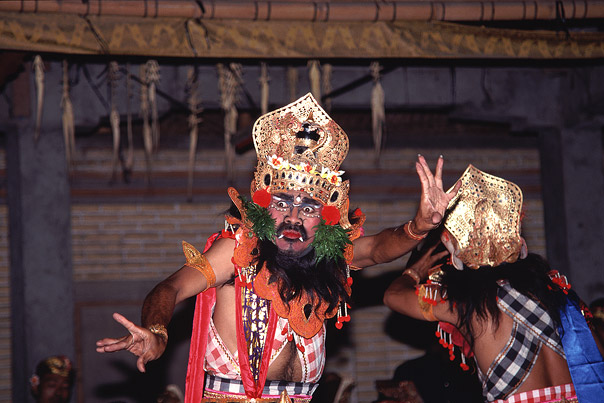
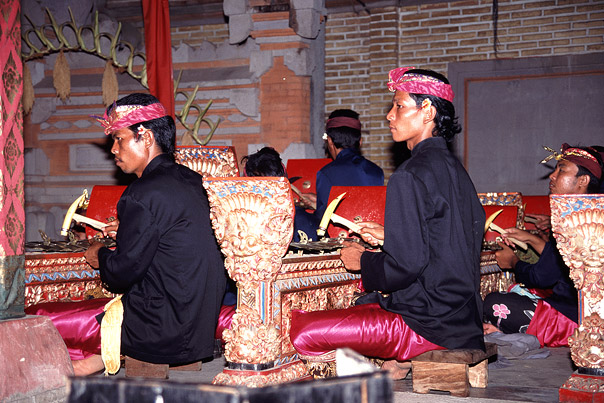
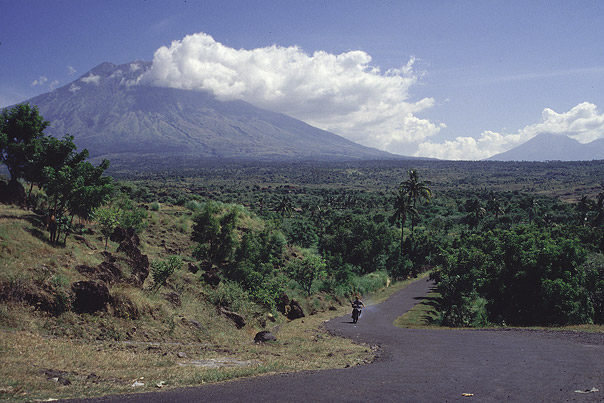
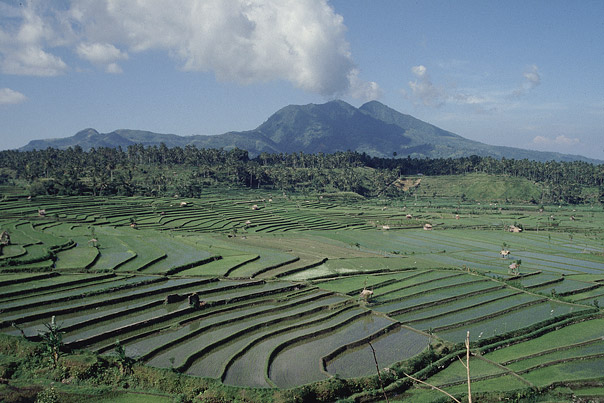
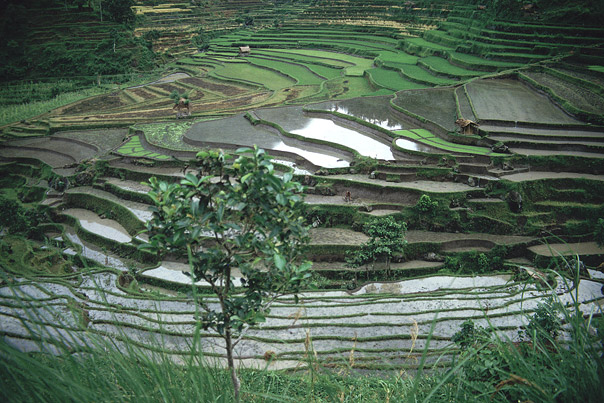
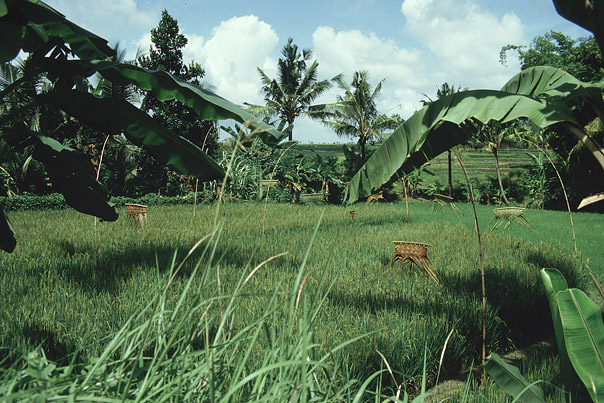
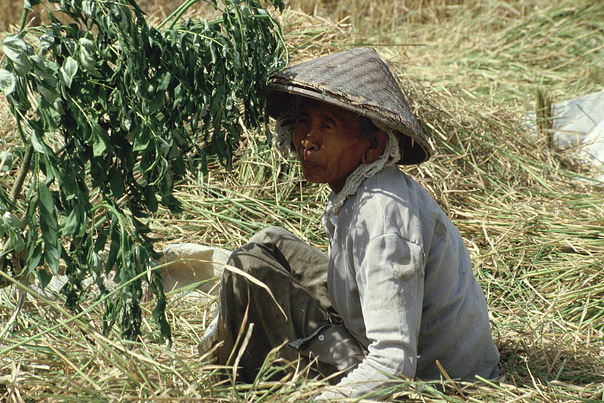
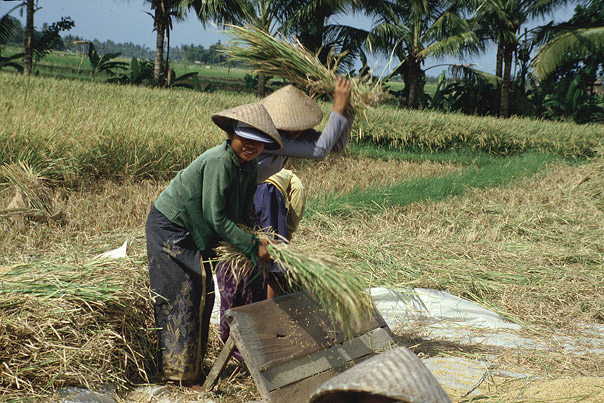
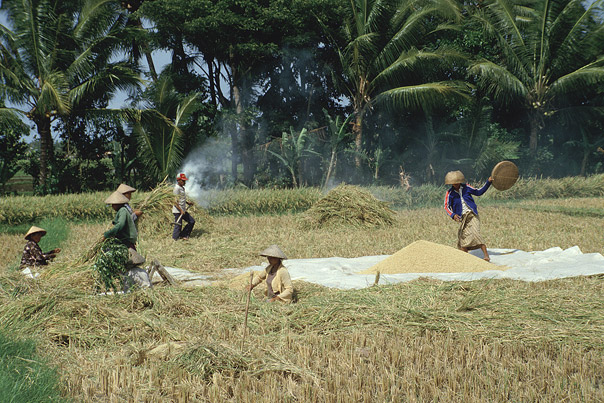


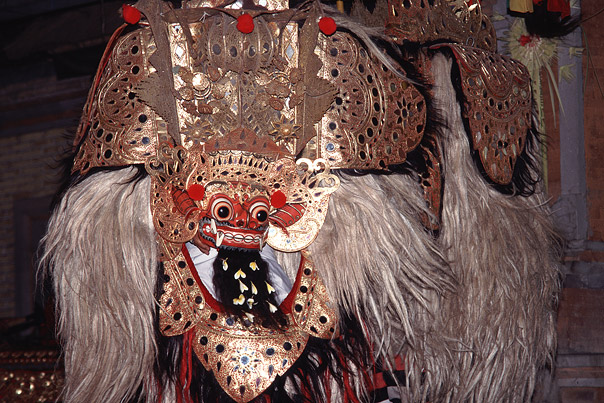
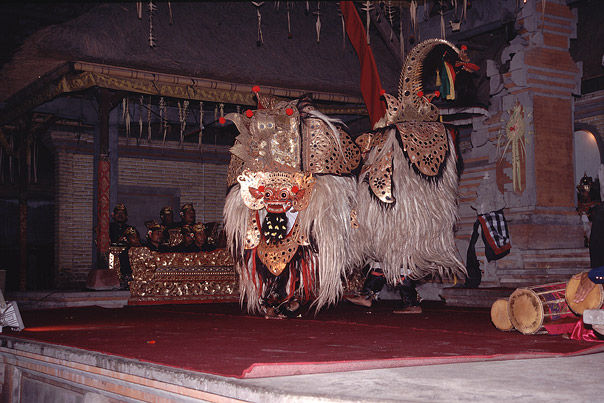
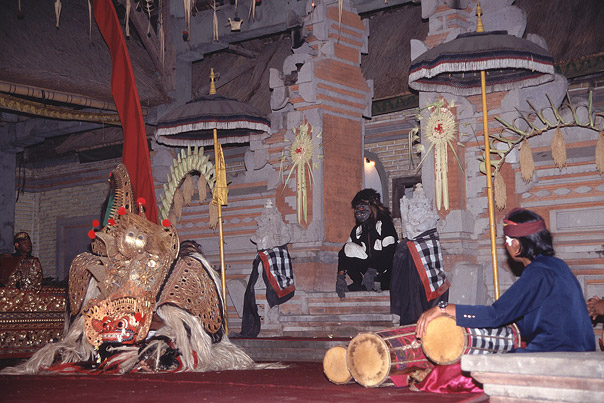
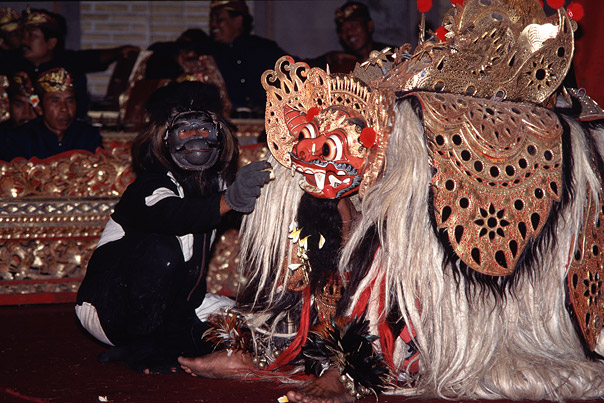
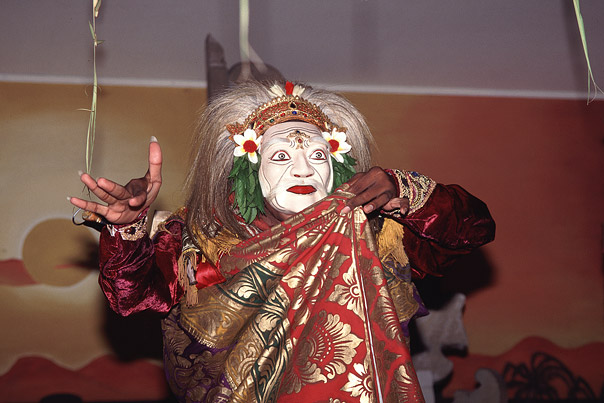
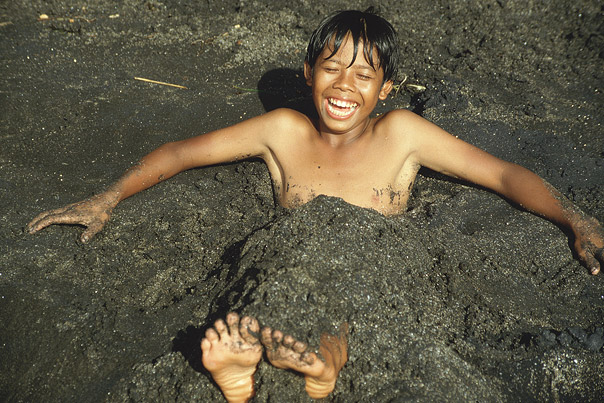
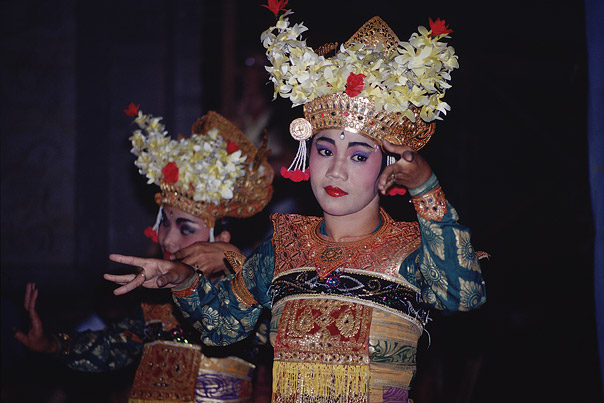

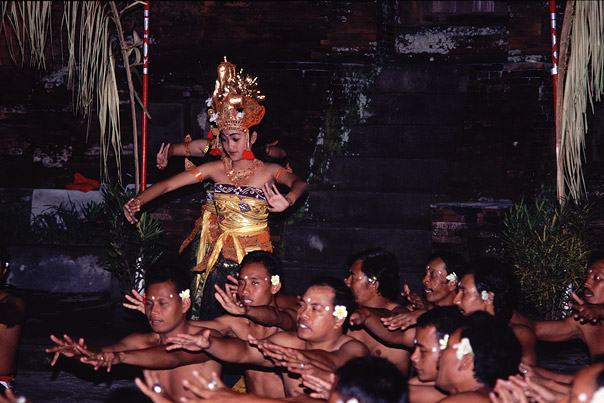



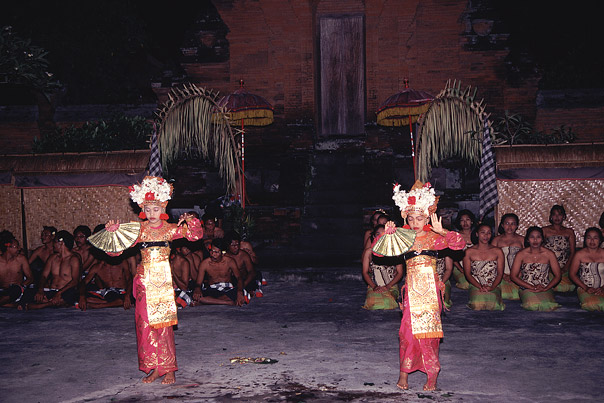
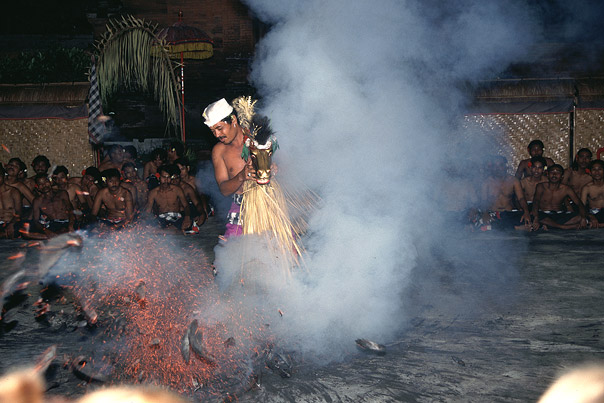
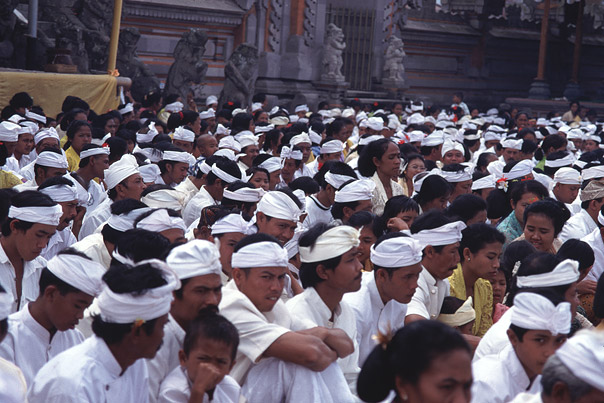

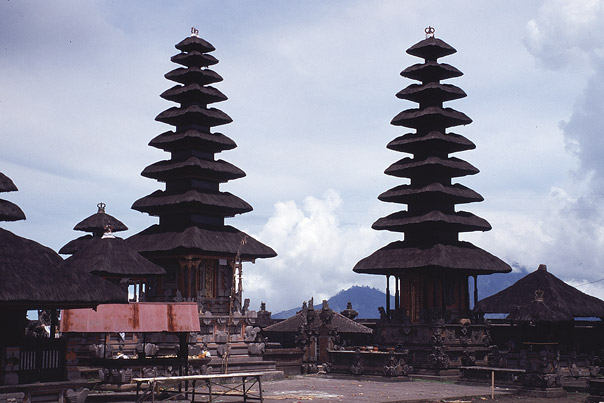
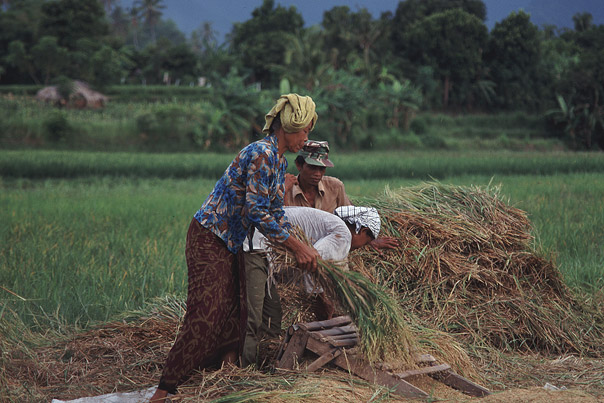
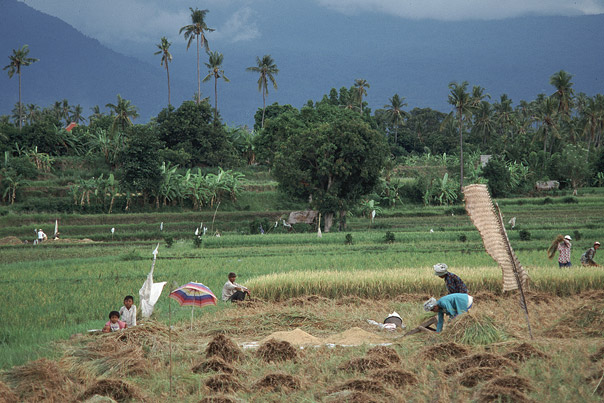
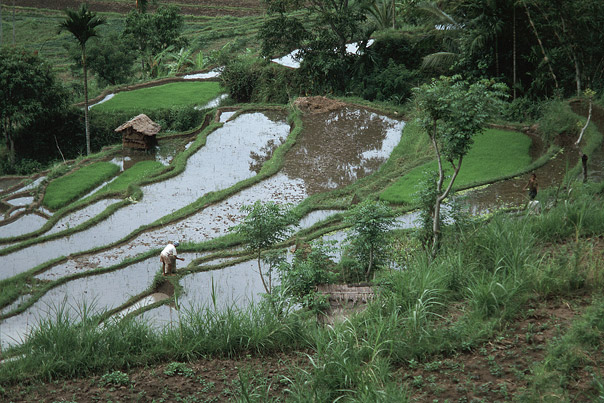
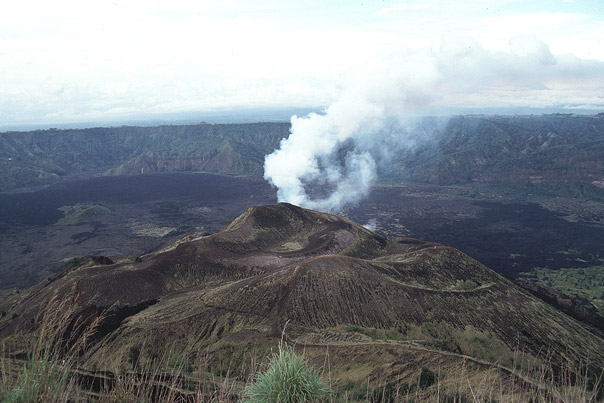
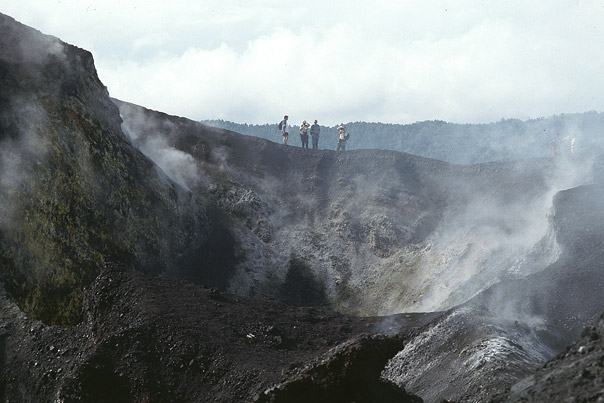
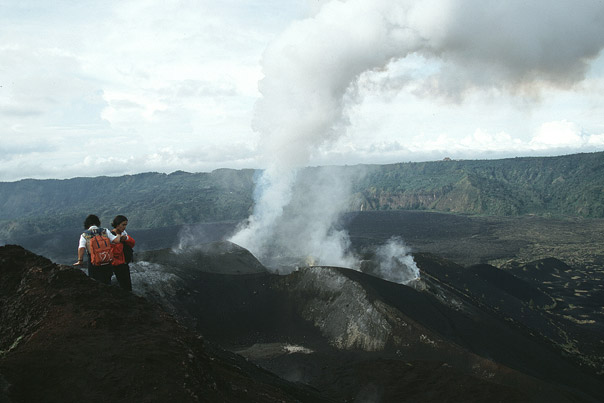
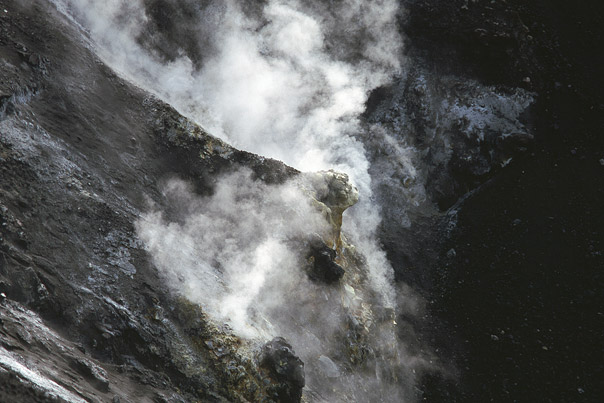
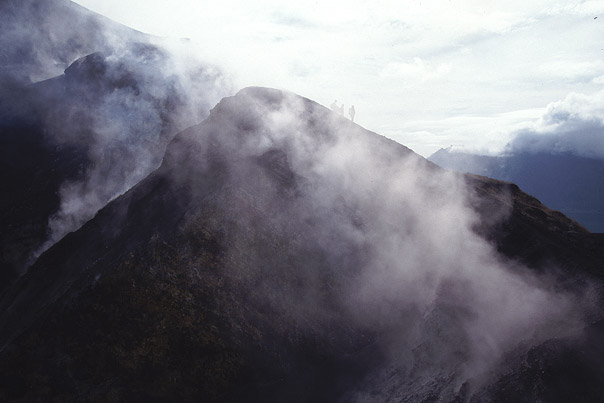
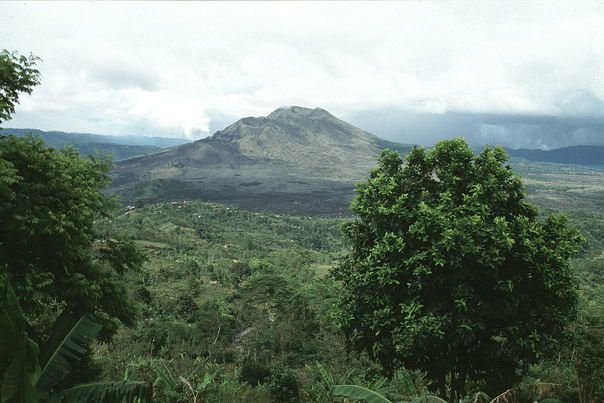
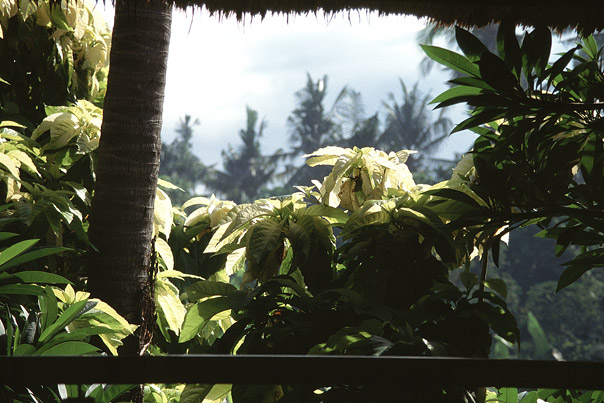
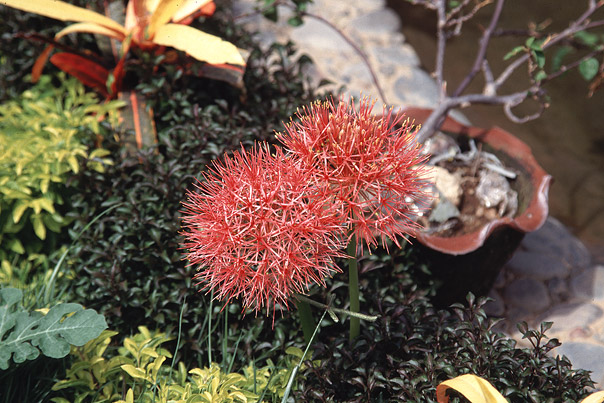
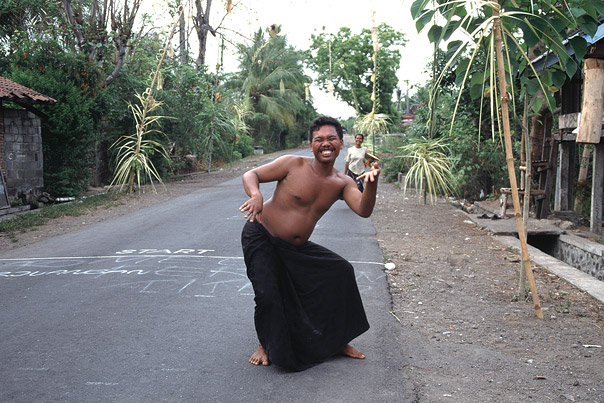
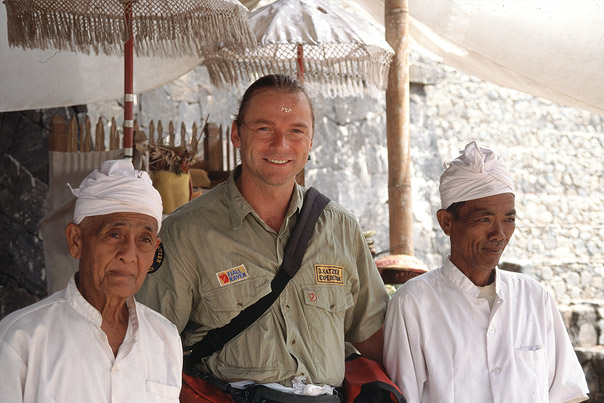
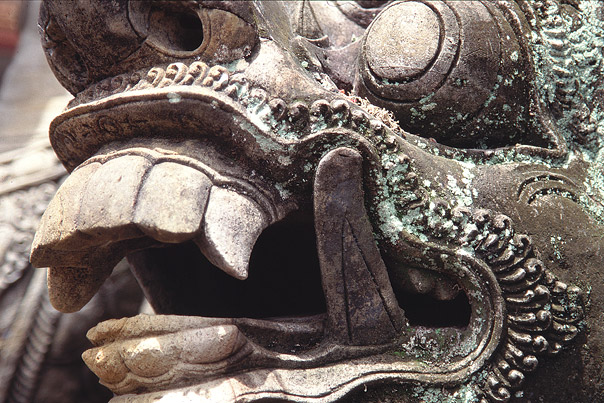
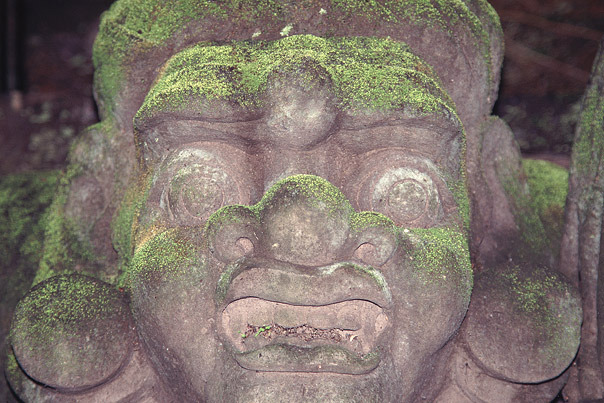
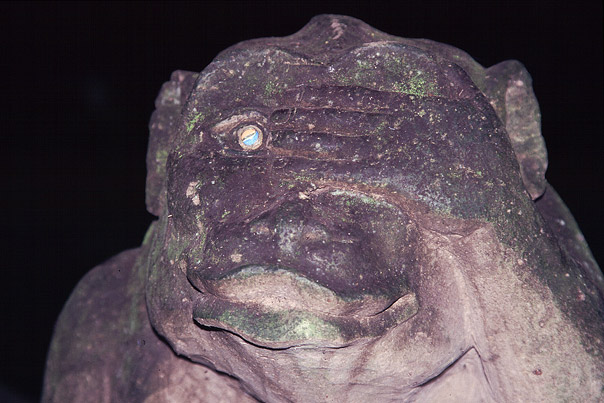

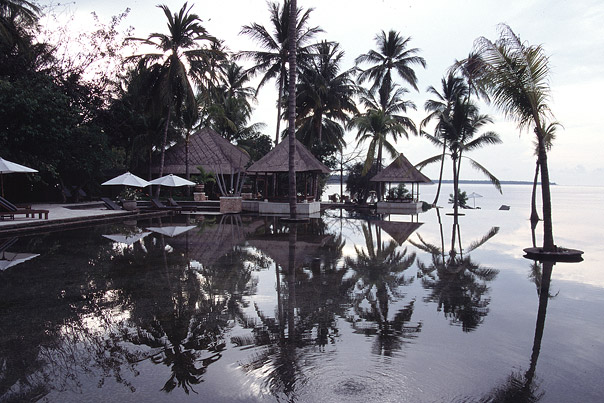
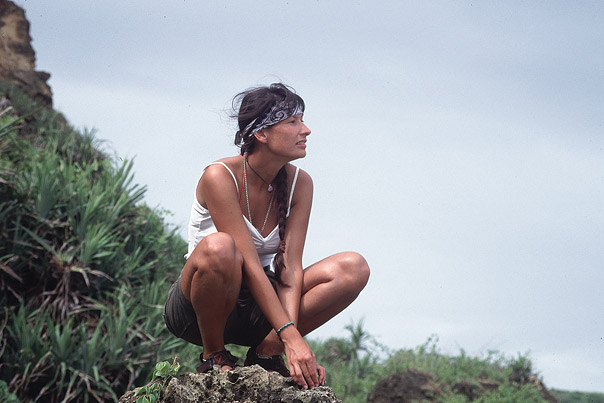
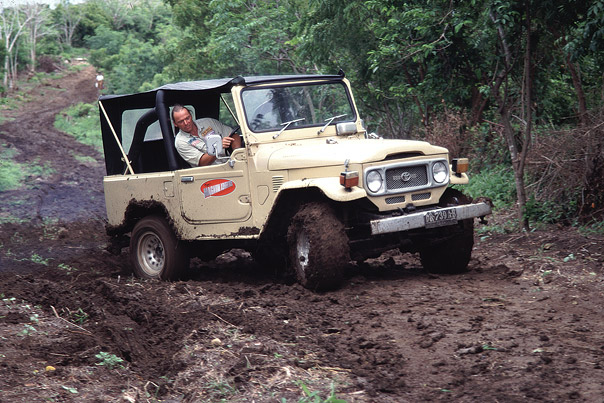
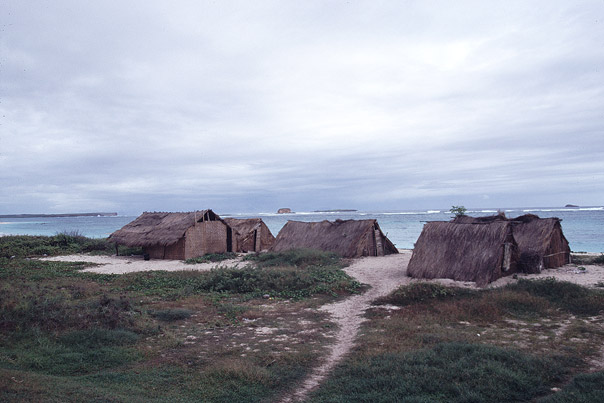
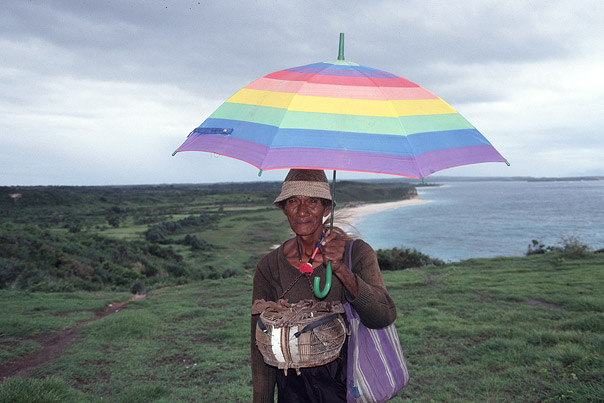
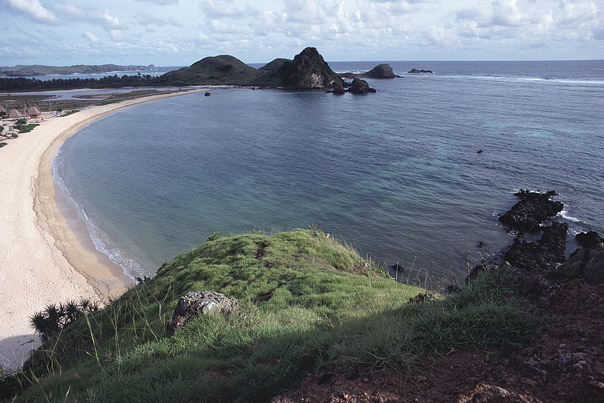
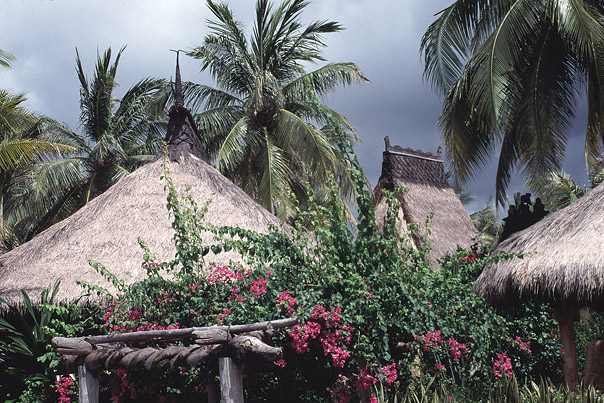

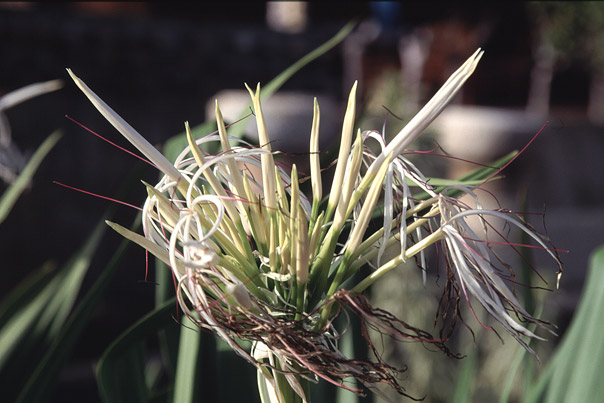
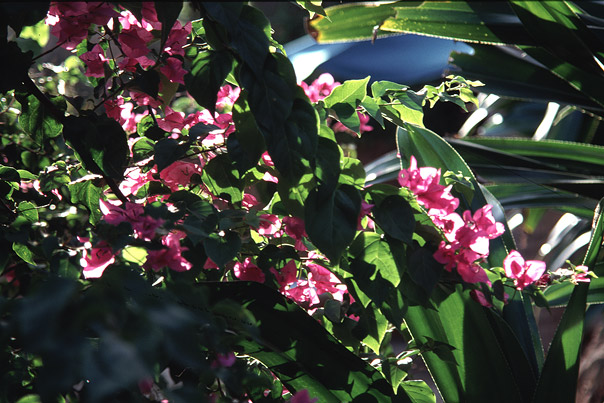
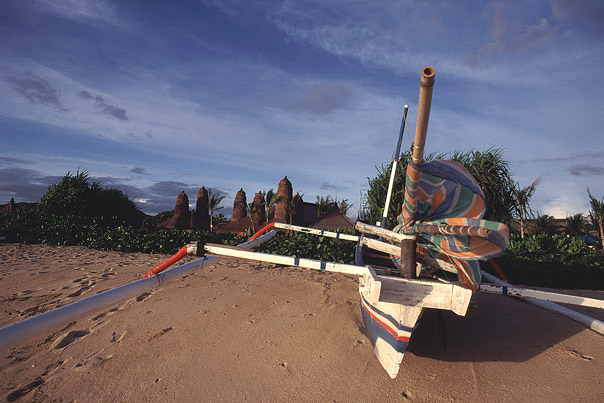
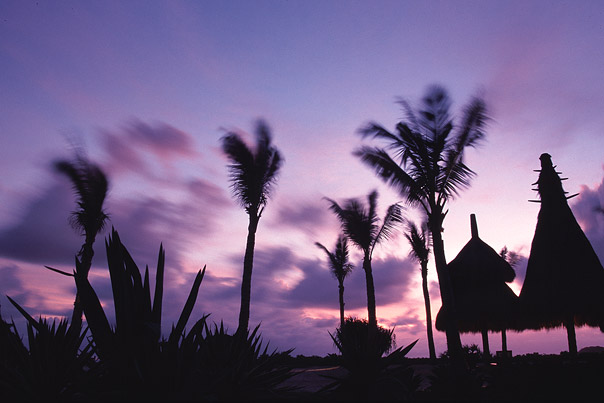
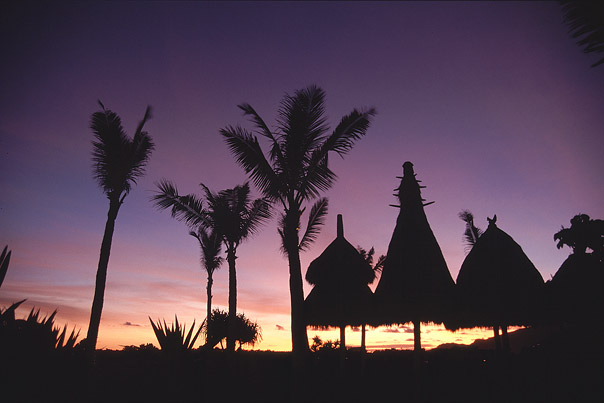
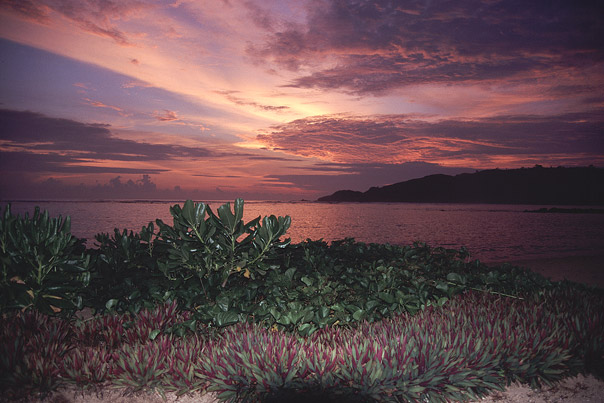
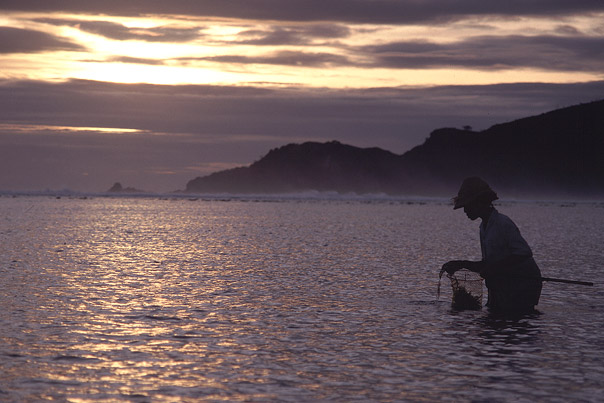
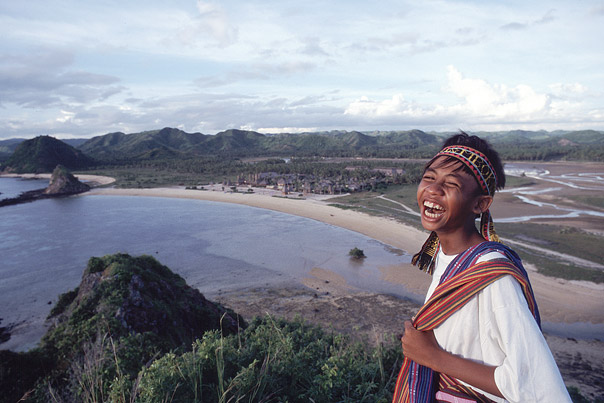
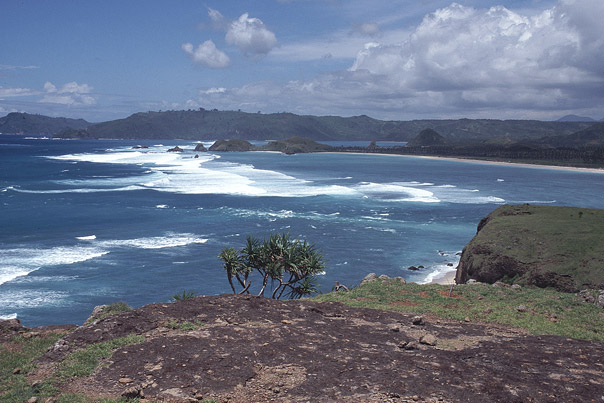
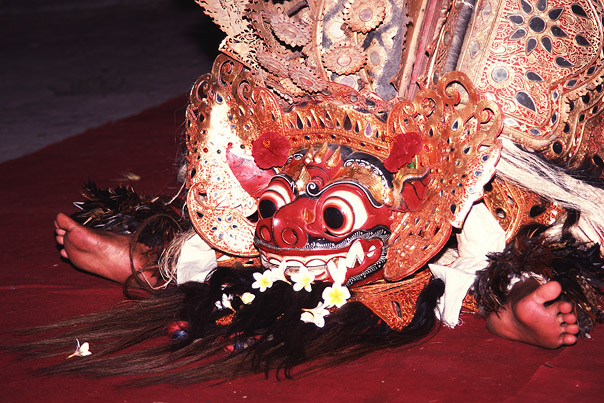
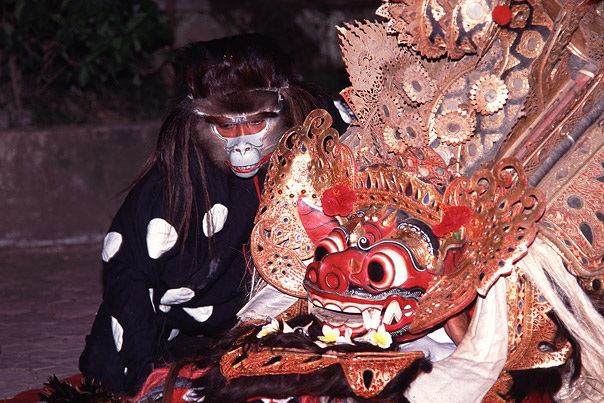
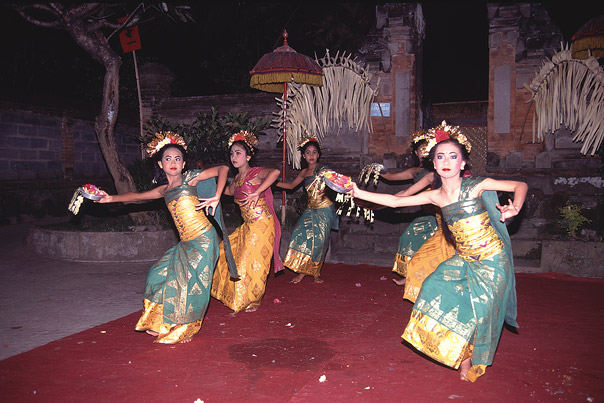
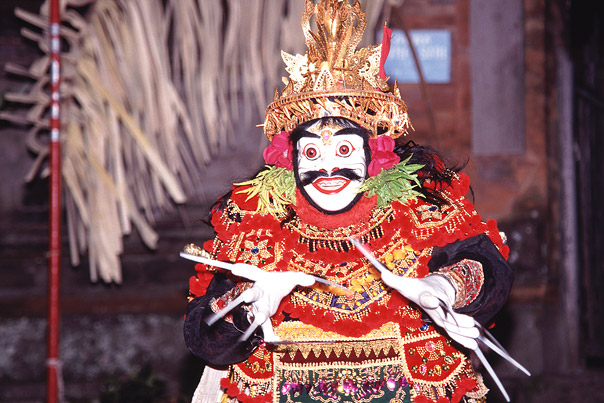
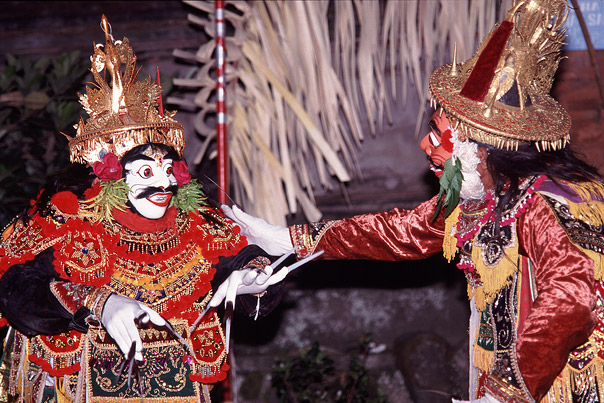
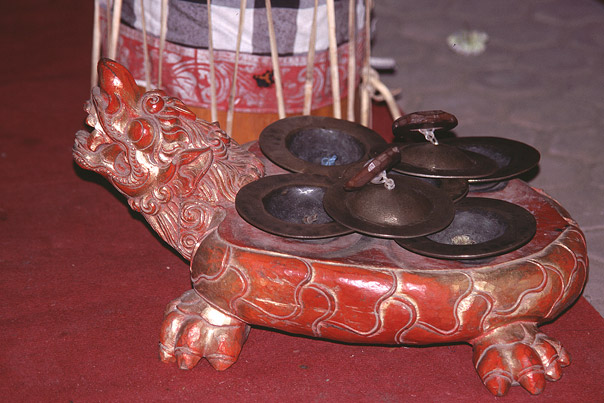
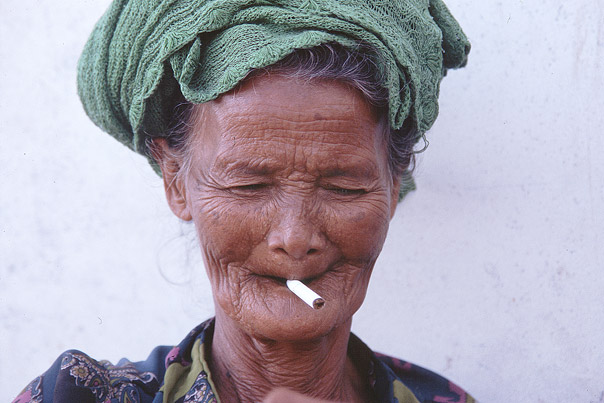
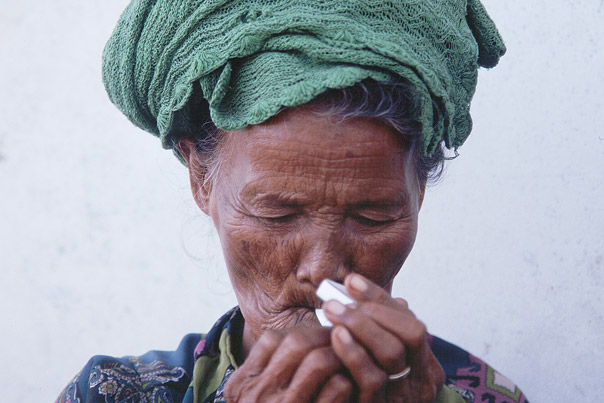
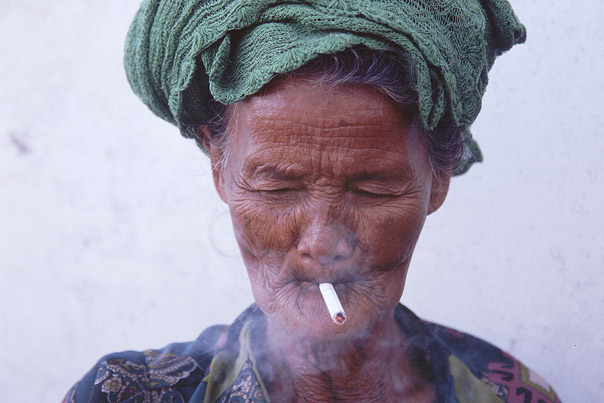

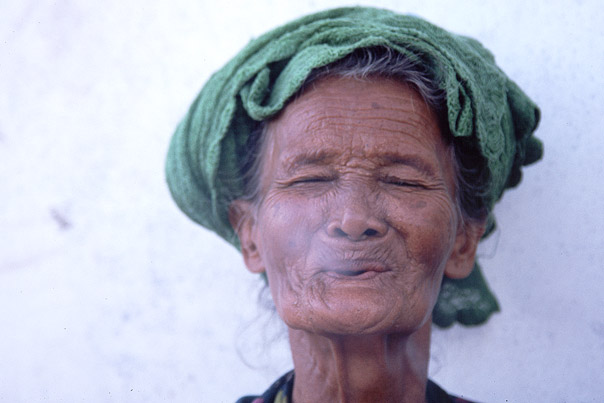
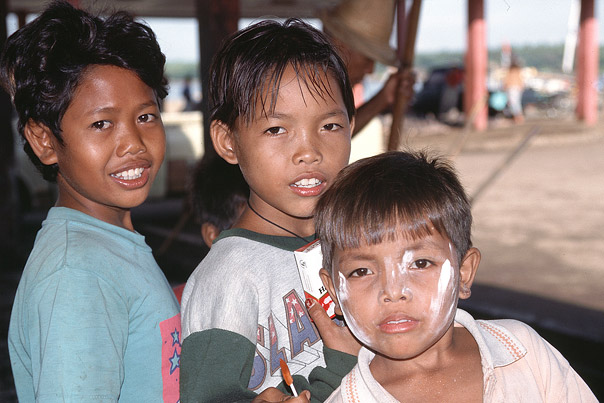
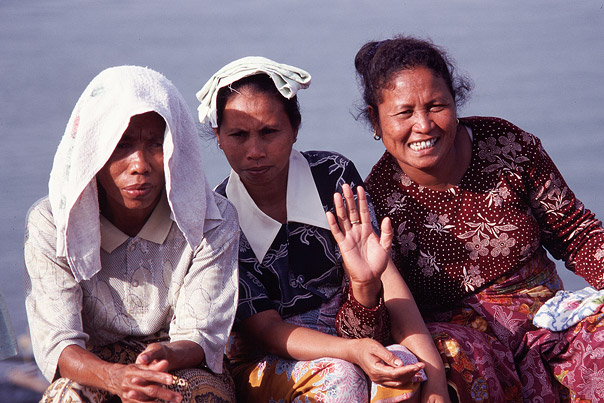
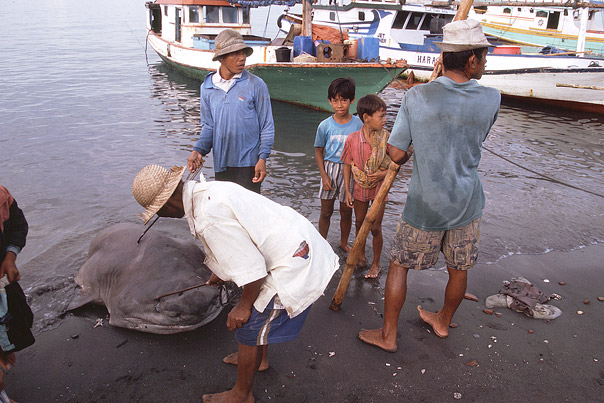
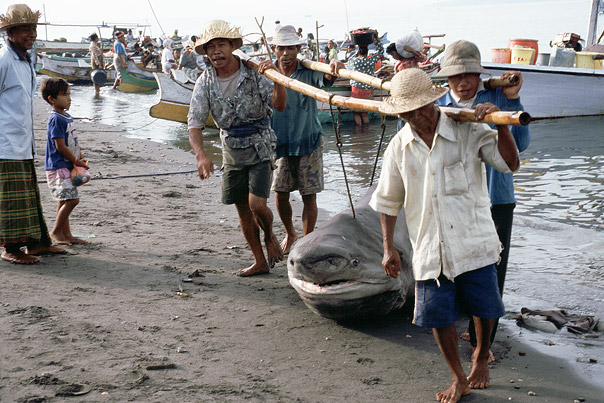

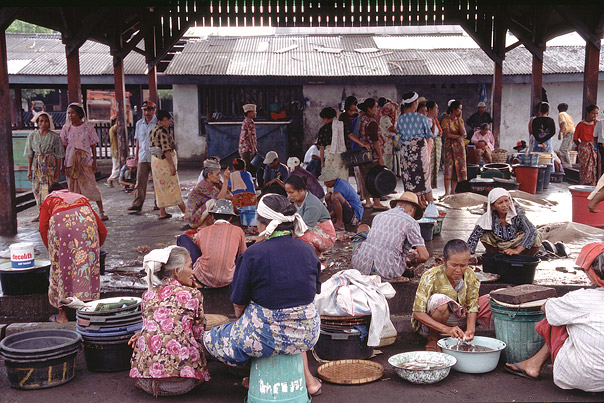
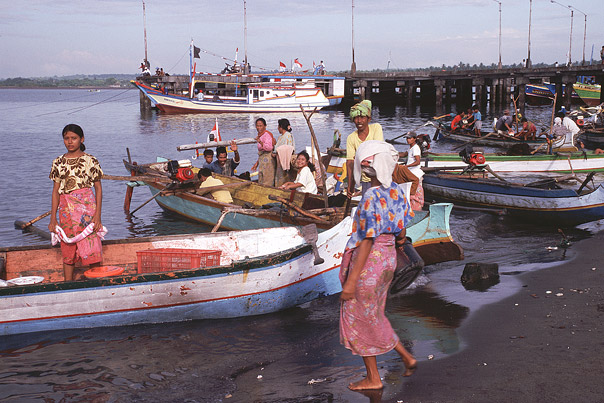
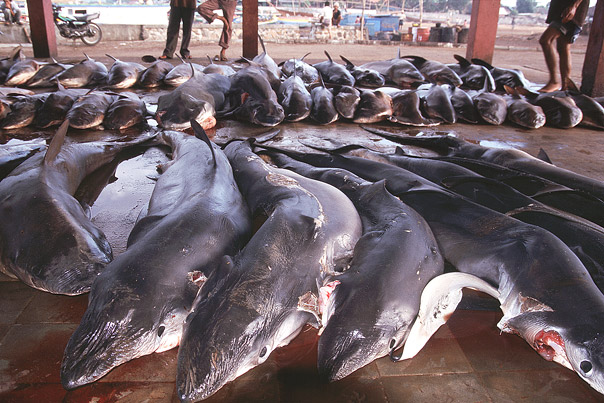
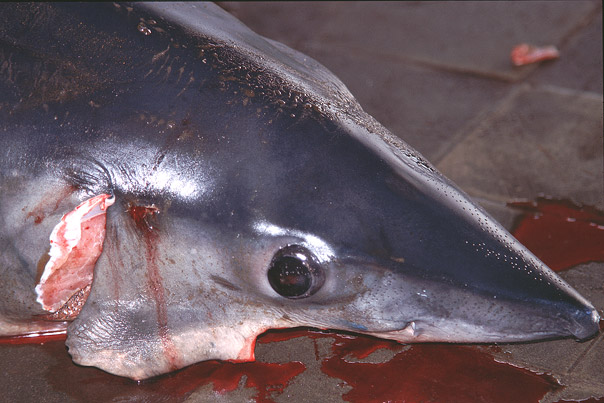
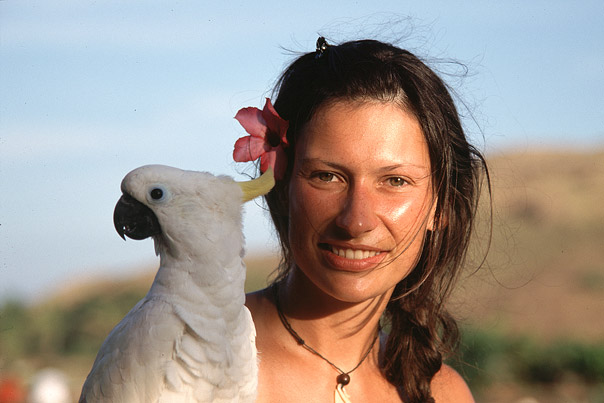
Philippines 1985/1986
The man-made nature and mountains of Luzon, considered the eighth wonder of the world, the world-famous rice terraces of Igoroten, contrasts between the New and Stone Ages, dreamlike islands, palm-fringed white beaches, unexplored jungle areas with lush vegetation remain unforgettable memories

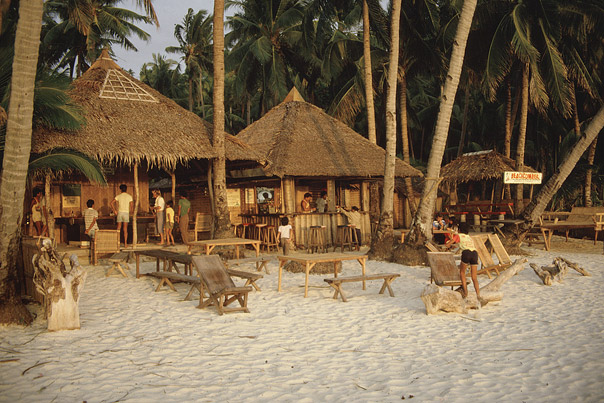
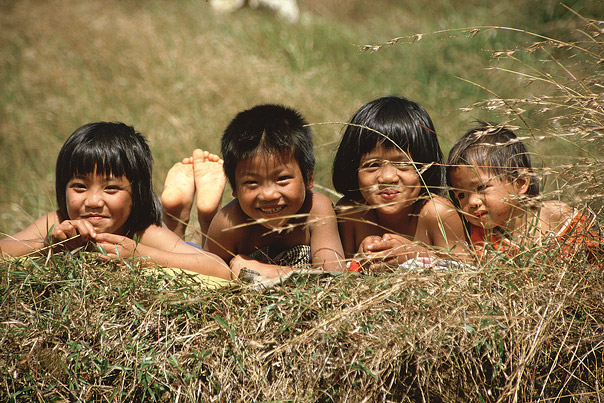
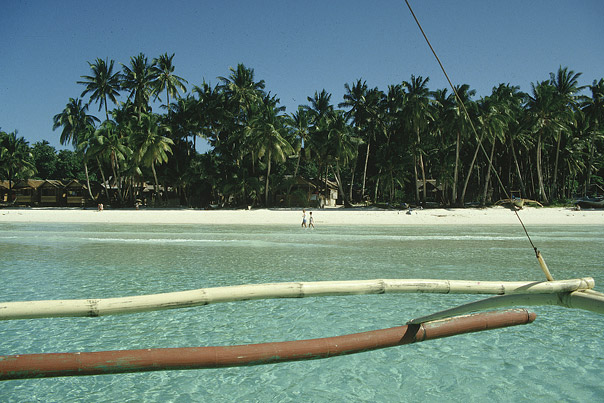
Indonesia, Java and Komodo 1985/1986
13,677 islands stretch out on both sides of the equator. 450 ethnic groups, millennia-old cultures, foreign religions, active volcanoes, jungle landscapes and beautiful beaches are the motivation for Denis Katzer to travel the paradise of the tropics
